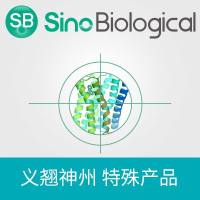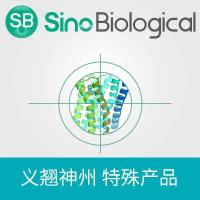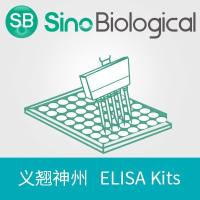ELISpot Assay Principle
互联网
ELISpot assays employ the sandwich enzyme-linked immunosorbent assay (ELISA) technique. Either a monoclonal or polyclonal antibody specific for the chosen analyte is pre-coated onto a PVDF (polyvinylidene difluoride) -backed microplate. Appropriately stimulated cells are pipetted into the wells and the microplate is placed into a humidified 37°C CO2 incubator for a specified period of time. During this incubation period, the immobilized antibody, in the immediate vicinity of the secreting cells, binds secreted analyte. After washing away any cells and unbound substances, a biotinylated polyclonal antibody specific for the chosen analyte is added to the wells. Following a wash to remove any unbound biotinylated antibody, alkaline-phosphatase conjugated to streptavidin is added. Unbound enzyme is subsequently removed by washing and a substrate solution (BCIP/NBT) is added. A blue-black colored precipitate forms and appears as spots at the sites of cytokine localization, with each individual spot representing an individual analyte-secreting cell. The spots can be counted with an automated ELISpot reader system or manually, using a stereomicroscope.
<center> <p> </p> </center>上一篇:ELISPOT-联免疫分析技术 下一篇:ELISPOT 发展历史



![White Line Inducing Principle [WLIP] CAS号 135096-89-8](https://img1.dxycdn.com/p/s14/2025/1127/703/0840261636421293991.png!wh200)





